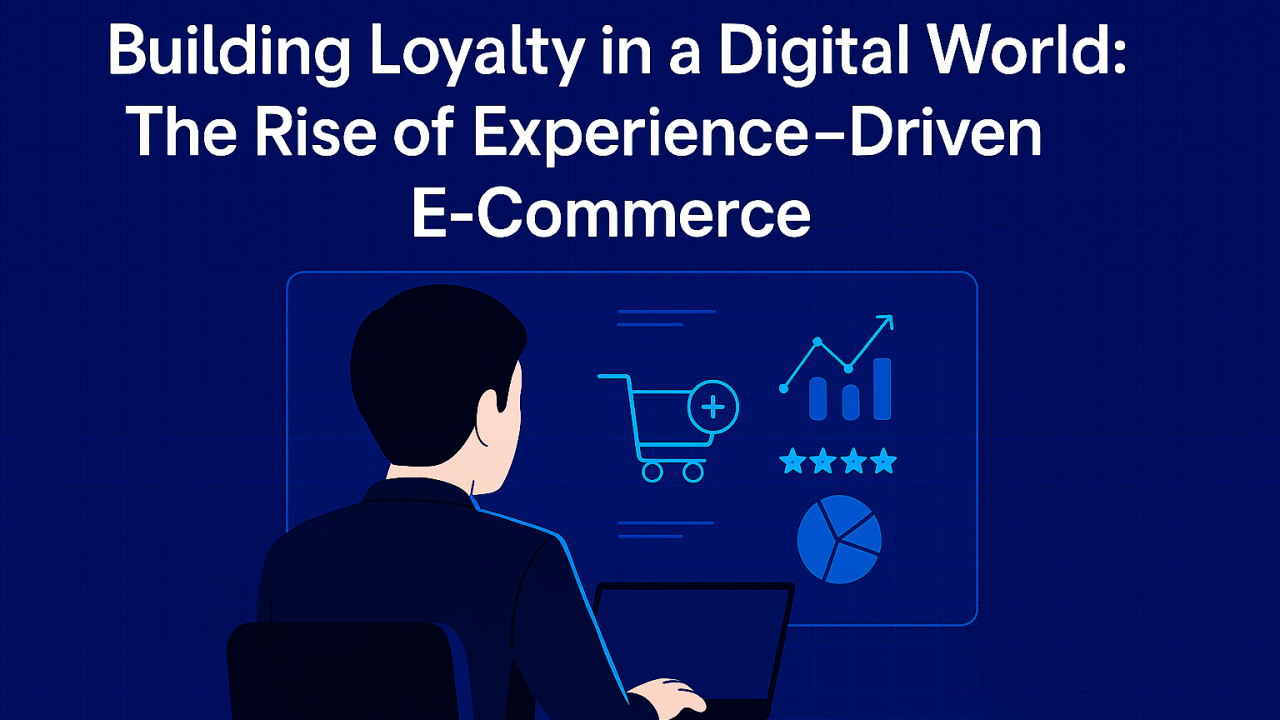These days, e-commerce is no longer just a space for comparing prices—it has evolved into a battlefield of experiences. Customers are no longer simply adding products to their carts; they are seeking emotional connections, trust, and a sense of belonging. This Sunday, I’d like to share insights drawn from the field and recent shifts in consumer behavior. One thing has become clear to me: As selling a product becomes easier, delivering an experience becomes essential. The future of e-commerce will be shaped not just by what we sell, but by how we make customers feel.
The First Wave of E-Commerce: Product-Focused Sales
We’ve all witnessed the early evolution of e-commerce. At one time, succeeding in this space meant mastering the product-price-logistics triangle. Users viewed the product, added it to their cart, completed payment, and awaited delivery. If the product met expectations, they returned.
But today, the landscape has changed dramatically. Behind every successful e-commerce brand lies not only a quality product—but a carefully crafted customer experience.
A New Era: Experience-Driven E-Commerce
When a customer visits a website, they are looking for more than just a product. They seek trust, clarity, speed, meaningful content, and emotion. From streamlined checkout flows to transparent return policies, from thoughtfully designed packaging to relatable social media content—every touchpoint is part of the journey.
- User experience (UX) is no longer a design concern—it defines conversion potential.
- Shipping notifications are not just logistical updates—they sustain the emotional connection between brand and buyer.
- User-generated content (UGC) has surpassed traditional advertising in impact. Buyers are now making decisions based on authentic customer videos.
- Product descriptions are written not for SEO alone, but to proactively address customer concerns.
Observations from Local and Global Markets
- In Turkey, many local e-commerce brands have begun integrating videos and UGC on product pages—building trust and significantly increasing conversion rates.
- Globally, major brands have turned their packaging into an extension of their brand story. Unboxing is now part of the product experience.
- Social commerce bridges—such as direct Instagram checkout—are condensing the entire purchase journey into a single screen.
What This Means for Marketers
Today, every product detail, newsletter, and push notification must be treated as part of a cohesive experience.
- Copywriting is no longer merely persuasive—it is connection-driven.
- Campaigns are not just about discounts—they are designed to cultivate long-term loyalty.
- Email flows are evolving from standard promotions into immersive customer narratives.
Conclusion: Those Who Fail to Sell Experience Will Struggle to Sell Products
Today’s customers are increasingly influenced by who they buy from, why they buy, and how a brand makes them feel. The options are endless, attention is fleeting, and loyalty is hard-won.
In my own experience, the most successful campaigns aren’t necessarily the ones with the biggest discounts or the flashiest designs—but those that leave a lasting emotional impression.
📌 What are you really offering? A product? An experience? Or a meaningful journey that blends both?
In today’s landscape, purchasing decisions are shaped more by emotional resonance than technical specifications. Which begs the real question:
“What kind of experience are you delivering to your customers?”
I’d love to hear your thoughts.



